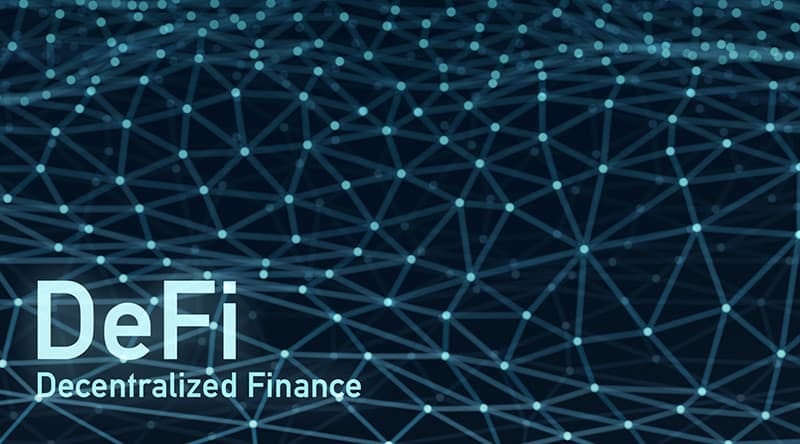DeFi Financial Innovation Boost in 2020

In 2019, the world economy experienced its lowest growth rate since the financial crisis. In 2020, the world’s major economies will be severely hit by the epidemic, and economic uncertainty will further increase. Being one of the latest innovations that have emerged out of the blockchain-powered and decentralized economy, Decentralized Finance (DeFi) reaches its explosion in 2020 and becomes one of the few focal points in the cryptocurrency field.
Crisis and opportunities always coexist, and the total value of DeFi loans in the first half of 2020 increases by 176%. According to data from DeFiMarketCap, the total market value of DeFi projects in the first half of 2020 has continued to break new highs. As of July 13, 2020, the total market value of DeFi project certificates has exceeded US$8 billion.

Image by DeFi Pulse
Different from traditional lending, DeFi lending has the characteristics of decentralization, distribution, transparency, and open source. Its current main application scenarios are similar to the banking business model in the traditional financial sector. Primarily built on the Ethereum network, DeFi applications provide users with traditional financial services but in a decentralized, borderless manner that enables anyone across the globe with an internet connection to gain access to financial products and services. Today, DeFi users can borrow, lend, trade, invest, and make payments without the need for a financial institution as an intermediary. Instead, the role of financial institutions is replaced by decentralized smart contract protocols. Decentralized contract custody collateral stablecoins have gradually entered the eyes of investors, and DeFi stablecoins ushered in a bright moment.
The fast-growing DeFi market is a testament to the financial innovations that are emerging from the blockchain industry. DeFi projects have sprung up continuously enriching the decentralized financial ecosystem. Should the current DeFi growth rate continue, we could see decentralized, borderless, open finance solutions replace many of the function’s that today’s centralized financial institutions are offering. In the context of DeFi’s broad prospects, by combining the advantages of blockchain and legal currency, DeFi stablecoins may expand the ecosystem of digital assets by reducing transaction risks and accelerating the democratization of world finance.

At present, the central banks of developed countries generally face the constraint of the lower limit of zero interest rate and traditional finance is affected by macro-control. Since 2020, interest rates have continued to decrease. In contrast, DeFi can provide higher interest rates, and high-yield arbitrage opportunities have even attracted the participation of centralized lending platforms. If DeFi continues to develop in the future and reduce its own risks, and to provide a more mature environment for assets, the inflow of funds from traditional financial markets into the DeFi market will be more than imagination. The global economic situation in 2020 will accelerate the digital transformation of society, and to a certain extent stablecoins have already exited the digital asset market. In the future, stablecoins will become the touchstone for traditional financial institutions and capital to enter the digital asset market, and the resulting market ecology will be more diversified. Many experts reckon that this will play a crucial role in building the global economy in the coming years.